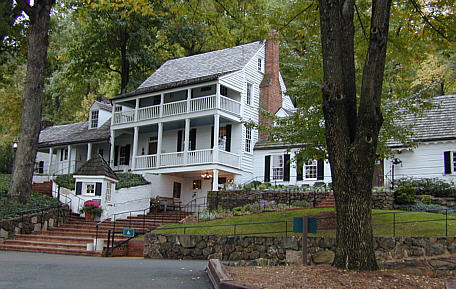CHARLOTTESVILLEVIRGINIA |
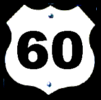 |
CHARLOTTESVILLEVIRGINIA |
 |
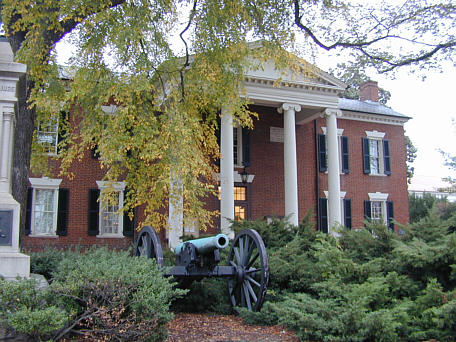
Charlottesville was founded in 1762 on Three Chopt Road, a major east-west thoroughfare.
The Revolutionary War first came to Charlottesville in 1778 when the prisoners captured during the battles of Saratoga of October 1777 were moved from Boston to Charlottesville.
The victory at Saratoga was a major American victory and is called the “turning point” of the Revolutionary War. About 6,000 soldiers from British General Burgoyne’s forces surrendered their weapons at Saratoga.
In Charlottesville, the prisoners were required to build their own housing and be present for roll calls. They did, however, enjoy some degree of freedom, such as holding jobs in town. Officers could arrange their own housing, so long as it was within a day’s ride from camp.
As the second British invasion of Virginia, led by Benedict Arnold in December of 1780, began to threaten Richmond, the Virginia legislature moved their proceedings to Charlottesville. After Cornwallis had taken charge of all British forces in Virginia in early June of 1781, he sent Colonel Banastre Tarleton and a mounted British force on a lightning raid to Charlottesville. He hoped to capture members of the Virginia legislature and Governor Thomas Jefferson. Unfortunately for Tarleton, Captain John Jouett of the Virginia Militia galloped ahead of Tarleton and was able to spread the alarm.
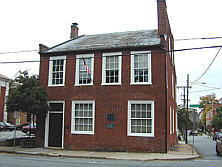 |
Site of Old Swan Tavern where lived and died Jack Jouett whose heroic ride saved Mr. Jefferson, the governor, and the Virginia assembly from capture by Tarleton, June 1781. Erected by the Monticello Branch of the Association for the Preservation of Virginia Antiquities, 1910. (Charlottesville Marker) |
After a brief skirmish at the edge of town, Tarleton entered a largely, abandoned Charlottesville. Most of the legislature had escaped. Among those who didn’t was the American Pioneer, Daniel Boone. For the most part, Tarleton was only able to seize military supplies and tobacco.
Today, there are two markers at the Albemarle County Courthouse noting Jouett’s ride. One is on the grounds of the courthouse and the other is across the street at the site of the Old Swan Tavern where Jouett lived and died.
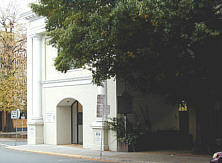 |
President Monroe’s In 1788 James Monroe moved to Charlottesville and for one year his home was located in the first block west of this site. Then he lived for nine years in the home he built on what is now called “Monroe Hill” at the University of Virginia. His final Albemarle Home, near “Monticello” was his “Highland” estate now called “Ash Lawn.” (Charlottesville Marker) |
Two other markers relating to the Charlottesville home of James Monroe can be found near the downtown mall.
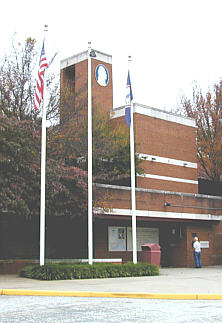 Enroute to
Monticello
Enroute to
MonticelloMonticello Visitor Center -- The exhibits at the visitor center are a great way to prepare for a visit to Monticello.
Mitchie Tavern -- William Mitchie, a Revolutionary War veteran, was a corporal at Valley Forge when he was urgently requested to return home because of his ailing father. When he arrived, his father had passed away.
Mitchie inherited his father’s land and established a tavern in 1784.
Today, visitors can experience the Tavern’s past through
exhibits, activities and a hearty midday fare offered by servers in period
attire.
